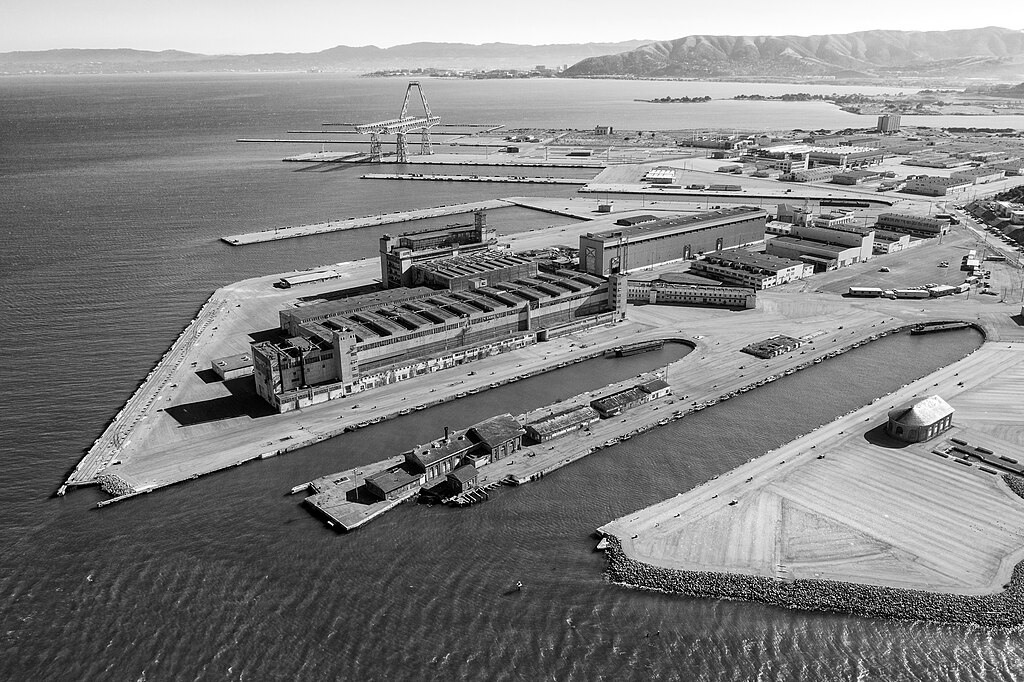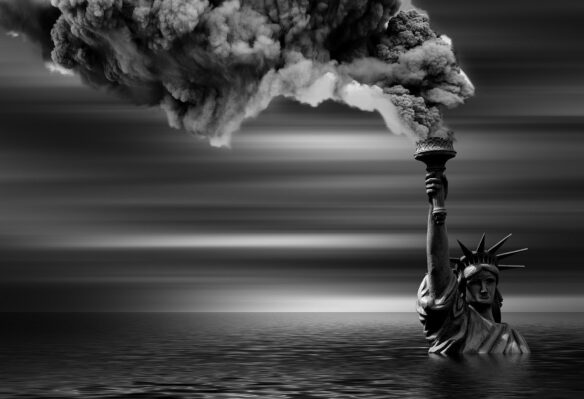Excerpt:
An environmental cleanup that, for more than two decades, has sought to cleanse San Francisco’s former Hunters Point Naval Shipyard of its alarming history of radioactive and industrial pollution is on the verge of entering its final phase — underwater.
On Thursday, representatives of the U.S. Navy and Environmental Protection Agency announced a remediation plan for a large offshore area which, due to its pollution from polychlorinated biphenyls, or PCBs, and heavy metals like copper, lead and mercury, was identified as a “toxic hotspot” by regulating agencies years ago.
Contaminated sediments at Parcel F will be removed or cleaned through remediation strategies including dredging and taking away sediment near the shoreline, as well as capping — covering areas of concern to prevent the spread of contamination — polluted sediment in deep water parts of the bay, according to the cleanup plan that was finalized this month. A contractor to carry out the cleanup plan must also still be selected.
The active sediment removal is expected to take less than two years, once the work begins in 2027 — remedial design and planning documents need to be completed first.
The Navy will dispose of the sediment in a landfill at a site that is still to be determined. The impending work on Parcel F is expected to cost $32 million.
“Today we’ve reached a milestone in finalizing the cleanup plan for the final parcel of the Hunters Point site, marking a significant step in ultimately returning this area to productive use for the local community,” said EPA Pacific Southwest Regional Administrator Martha Guzman.
During the Cold War, parts of the shipyard were contaminated by fallout from irradiated ships that were brought to Hunters Point after atomic-bomb tests. The Navy, which operated at the shipyard from 1945 to 1974, and other agencies have spent decades trying to remove that contamination.
The piers that are considered part of Parcel F were used for ship repair and maintenance, and spills and runoff from these activities seeped into the bay. Another source of contamination is a drainage discharge point in the area for the city’s sewer systems.
The Parcel F area, along with the 9.5-acre Yosemite Slough — a shallow water channel between the shipyard and adjacent Candlestick Point that is also subject to separate cleanup efforts by the EPA and private entities — “represents one of the most significant areas of sediment contamination in the bay,” said Michael Montgomery, director of the EPA’s Superfund and Emergency Management Division.
“Data shows that there are contaminants getting into the environment, into the birds, into the fish and shellfish. There’s concern about people consuming those fish,” he said, adding that the objective of the cleanup plan for Parcel F is to lower the current risk for the area’s ecosystem. “What this remedy will do is eliminate that exposure pathway of contaminated sediments moving up the food web, into natural systems and into human bodies…”









